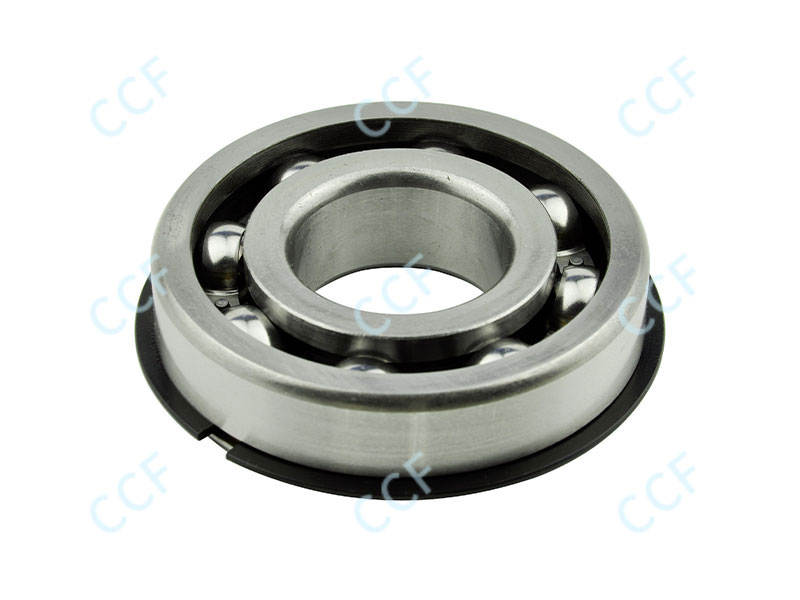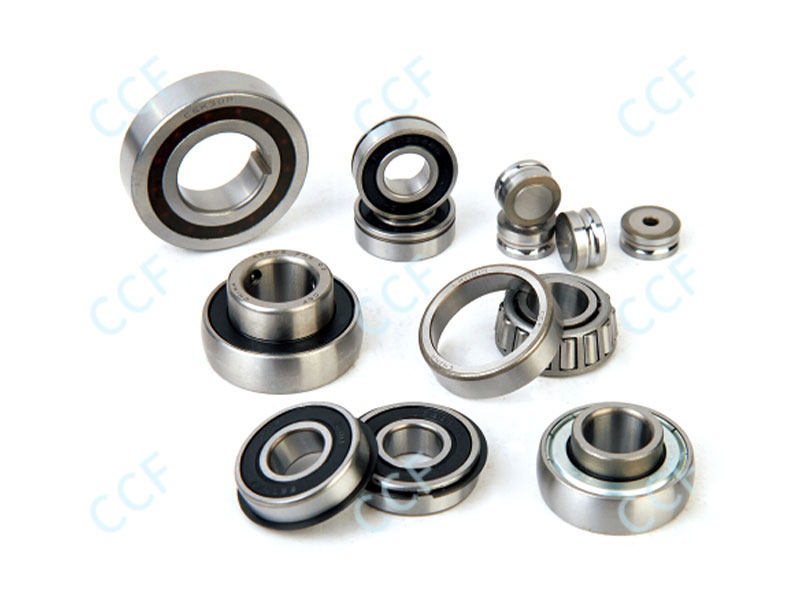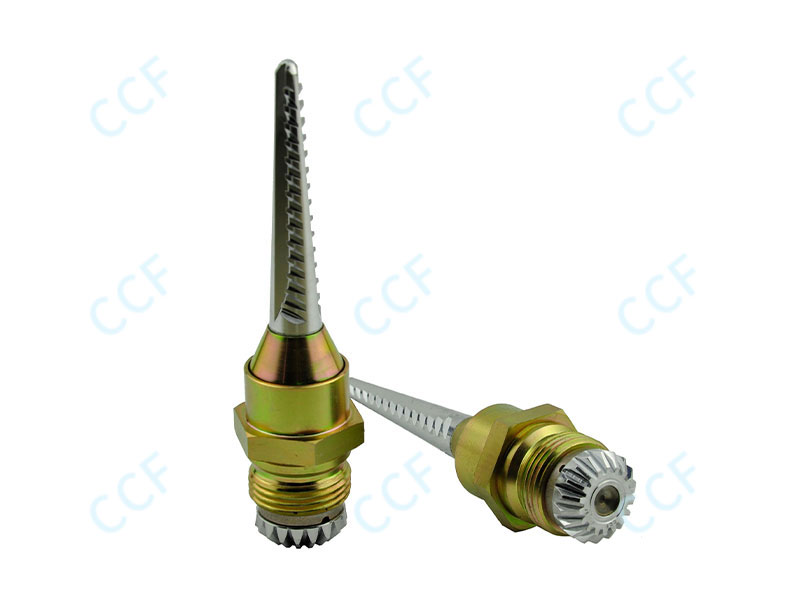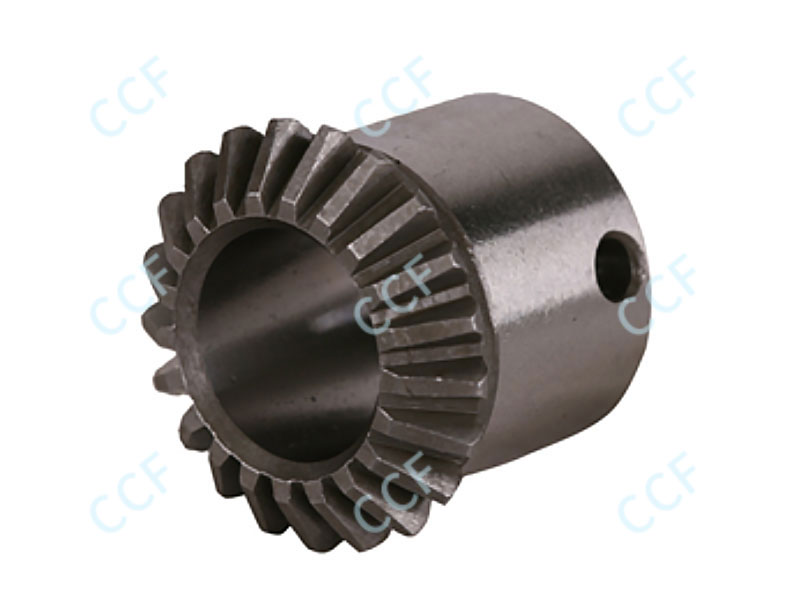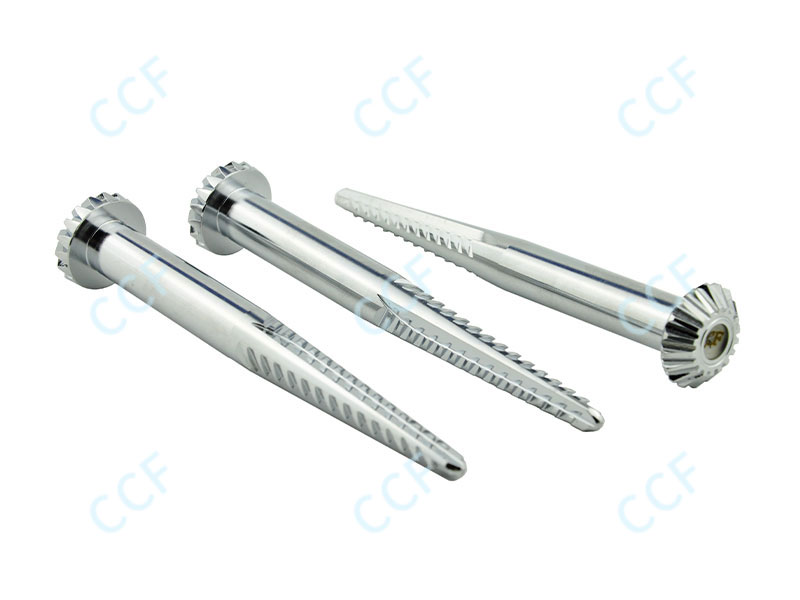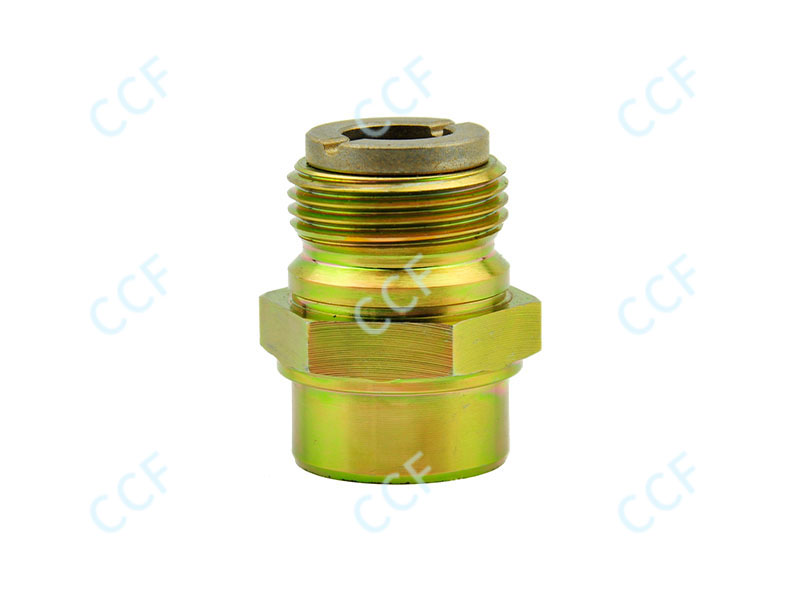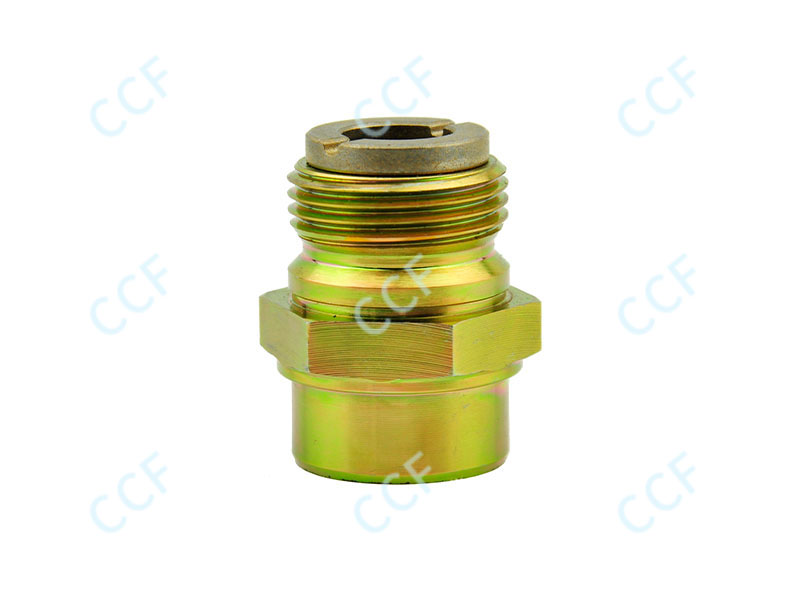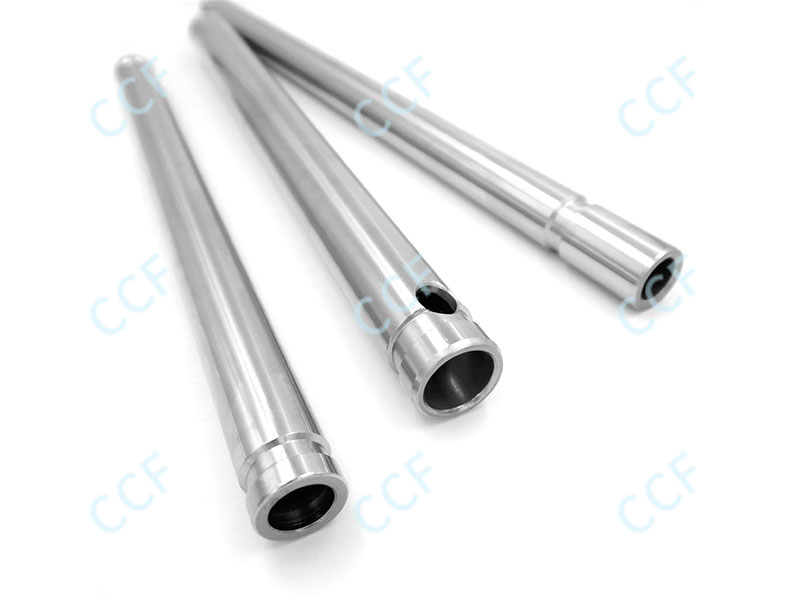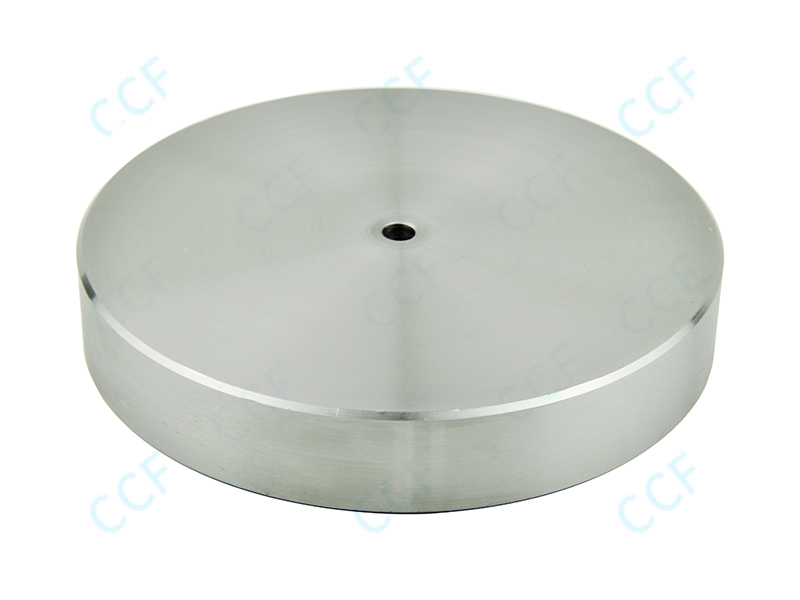Importance of anti-vibration design
In order to cope with the above working conditions, automotive bearings need to have good anti-vibration and impact capabilities. Anti-vibration design can help bearings maintain stable operation in complex environments, reduce micro cracks or fatigue caused by impact, and thus extend service life. At the same time, it can also reduce noise and vibration caused by vibration and improve driving comfort. Bearings with poor anti-vibration performance not only affect vehicle performance, but may also cause damage to other mechanical parts and increase maintenance costs.
Material selection and structural optimization
The anti-vibration and impact performance of automotive bearings first depends on the selection of materials. High-strength alloy steel is usually used, and the hardness and toughness of the material are improved through heat treatment process, so that it has better load-bearing capacity and anti-fatigue characteristics. At the same time, the design of the rolling element and cage of the bearing is also optimized, using impact-resistant materials and structures to ensure that the rolling element can be evenly stressed in a vibrating environment and reduce local stress concentration.
Specialized design technical means
In order to enhance the anti-vibration performance, bearing manufacturers will adopt a variety of design means. For example, increase the clearance control of the bearing so that it can still maintain a good operating state under high speed and variable load conditions to avoid vibration amplification. In addition, some bearings use special buffer structures or elastic elements to absorb and disperse impact energy. Some designs also use the elastic properties of the seal ring to synergistically reduce vibration transmission.
The auxiliary role of the lubrication system in combating vibration
Lubrication not only reduces friction, but also buffers vibration to a certain extent. Reasonable lubricant selection and lubrication method design can help reduce the impact force caused by vibration inside the bearing. Lubricants can fill the tiny gaps between the rolling elements and the tracks, form a lubricating film, reduce direct metal contact, and thus reduce local wear and fatigue cracks caused by vibration.
The necessity of continuous inspection and maintenance
Even if they have anti-vibration design, bearings still need regular inspection and maintenance. After long-term use, the impact resistance of the bearing may decrease due to the expansion of tiny cracks or lubrication failure. Regular monitoring of the vibration signal and temperature changes of the bearing can detect abnormalities in time and take repair or replacement measures. Good maintenance habits can ensure that the effect of the anti-vibration design is fully utilized and ensure the safety and stability of vehicle operation.
